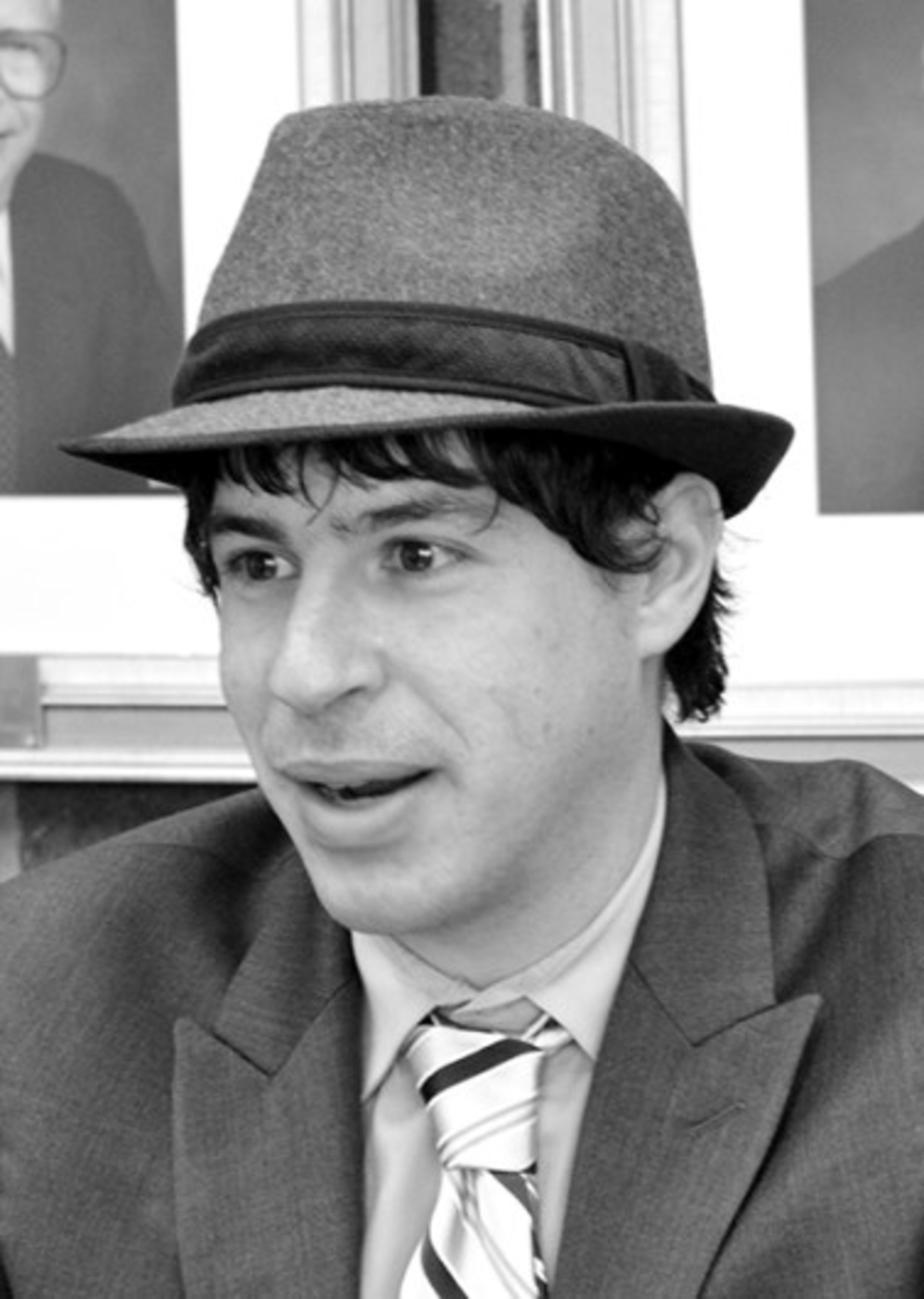Shemitah: A biblical response to languishing and burnout
In her recent book “Burnout – The Secret to Unlocking the Stress Cycle,” researcher Emily Nagoski focuses on the physiological manifestations of chronic stress in the body and the disconnect between these physical manifestations and most proposed solutions.
As a working definition, burnout is defined as chronic, unending stress cycles and the weakening of the body’s ability to ultimately dampen stress. Fairly analogized to a computer that is running too many programs, slows down and ultimately crashes, many of us are running from one reboot to the next.
And for so many people, it feels as though the increasingly depersonalized and burdensome modern systems under which our lives take place are blind to the problem, promoting unending work cycles and impossible-to-achieve obligations at an ever-increasing rate. And we’re the lucky ones.
As always, identifying the problem accurately is key. Nagoski posits that chronic stress is not really the problem, it’s the disconnect between stress, our lifestyles and our strategies for managing it.
She writes, “The good news is that stress is not the problem. The problem is that the strategies that deal with stressors have almost no relationship to the strategies that deal with the physiological reactions our bodies have to those stressors. To be ‘well’ is not to live in a state of perpetual safety and calm, but to move fluidly from a state of adversity, risk, adventure, or excitement, back to safety and calm, and out again. Stress is not bad for you; being stuck is bad for you.”
The downsides of chronic stress are felt and well-known: Lack of motivation, inflammation and disease, decreased immunity, anxiety, depression, lack of productivity, weaker relationships … and the list goes on and on.
On a basic level, it’s hard for many people to enjoy life when they’re, to use the buzzword, languishing.
If the effects of chronic stress are largely manifest in the body, what are well-aligned strategies to close those extra applications and keep the system running smoothly? How can we begin to reclaim joyful living and being present in our precious lives?
Nagoski posits many well-suited remedies, but chief among them is rest.
Now, it’s important to state the fact that a host of factors, including socioeconomics and race, render this whole discussion frustrating for so many populations. Many groups of people are subject to systems of stress over which they have little control and little escape. The point of this d’var Torah is decidedly not to blame people for their own stress and negative health outcomes, or to elide discussions about the inequity of said systems.
Still, and with those caveats, it’s important to raise and promote an alternative view about how we can better order our society and our lives. “[W]e think that rest matters not because it makes you more productive, but because it makes you happier and healthier, less grumpy, and more creative.”
How much rest should a person get? According to Nagoski’s book, bodies and brains need to be at rest 42% of the time to function optimally, or about 10 hours a day.
“We’re not saying you should take 42 percent of your time to rest; we’re saying that if you don’t take the 42 percent, the 42 percent will take you,” Nagoski writes.
Currently, we are in a shemitah year, the last year of a seven-year agricultural cycle in which, in the land of Israel, commercial agriculture is forbidden and debts must be forgiven.
Mainly, these are observed today as technical problems deserving technical halachic workarounds. But, in the words of educator Jeremy Benstein, “what if we looked at shmitah not as a problem but a solution, and then considered which problem it is meant to solve? In that light, shmitah becomes a political statement of social and environmental import, raising deep questions about the nature of a healthy and sustainable life – for individuals, society, and the land.”
As Benstein notes, more of us are working harder than ever, despite the relative affluence of our society. Something’s clearly amiss.
He writes, “[P]eople are indeed like the land: for both, when overwork leads to exhaustion, we engineer continued ‘vitality’ not with true renewal, but with chemicals.”
The spiritual master Rabbi Abraham Isaac Hakohen Kook wrote an influential guide to the laws of shem shemitah, “Shabbat Ha’aretz,” to promote its observance as Jews returned en masse to Israel during the early 20th century.
In the introduction to his book, he wrote, “Human beings will return to a state of natural health, so that they will not need healing for sicknesses, which mostly befall us when the balance of life is destroyed and our lives are distanced from the rhythms of nature; ‘for you to eat’ but not to make medicine and not to use as bandages.23 Talmud Bavli, Sukkah 40a. A holy spirit will be poured out upon all life; ‘it will be a year of complete rest for the land – a Sabbath of the Lord.’ ”
For Rav Kook, shemitah serves as a counterweight to balance greed, consumerism and a disconnect with the rhythms of nature. This lack of balance in relationships – with each other and with the land – is an underlying cause for so many societal ills.
Shemitah as a solution implores us to turn off phones, take real breaks, use the vacation days we’re afforded and treat the weekly sabbath as a crucial element of holistic living. Collectively, we are a tired, stressed-out society in serious need of deep rest and recalibration.
BARRY DOLINGER is the rabbi of Congregation Beth Sholom, in Providence, and president of the Board of Rabbis of Greater Rhode Island.








